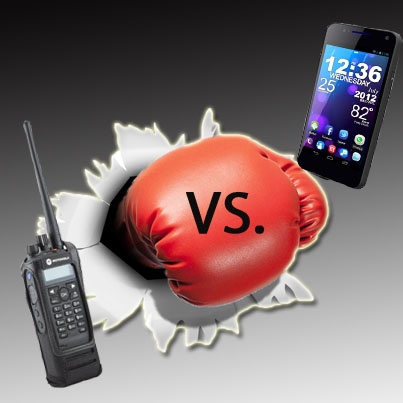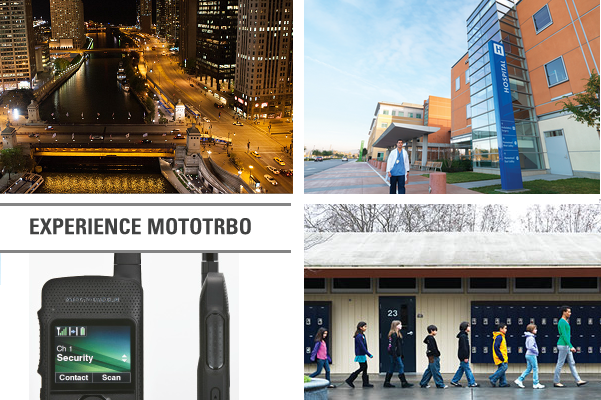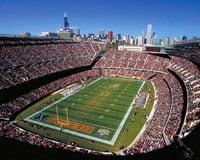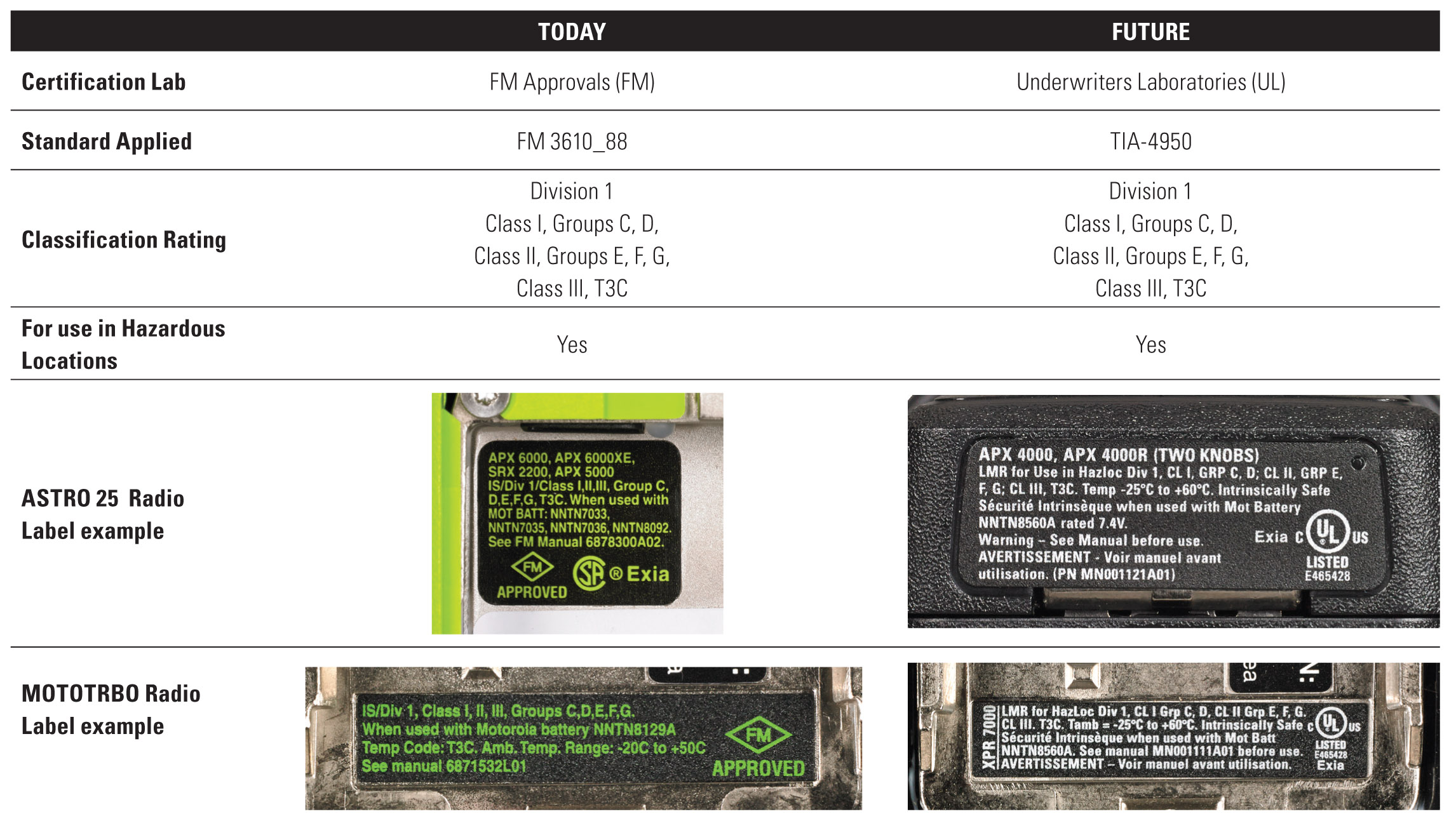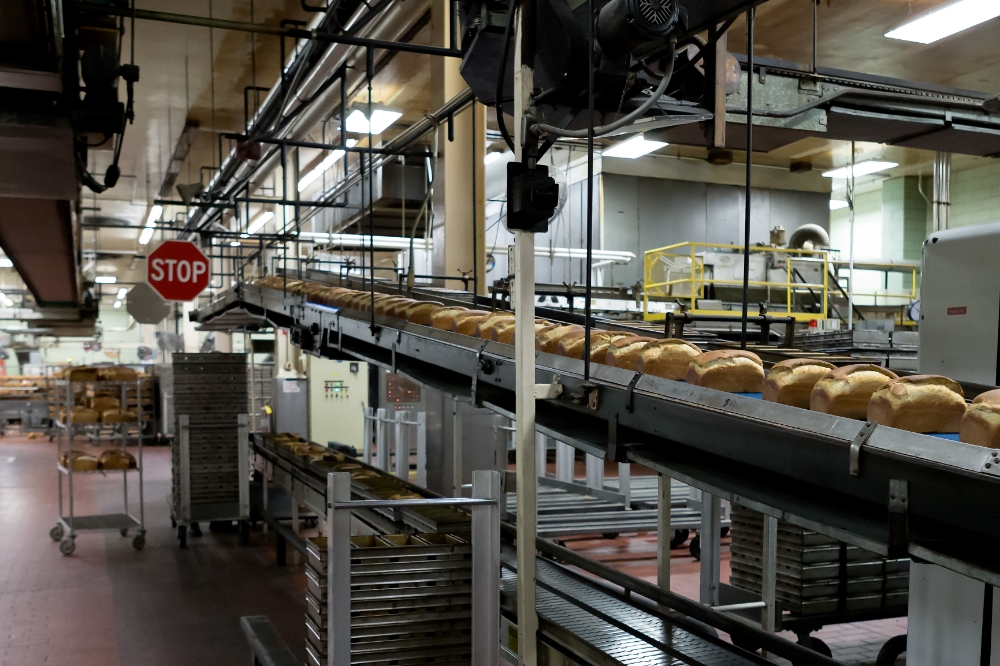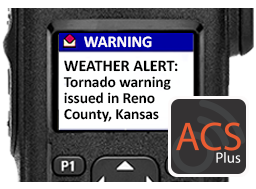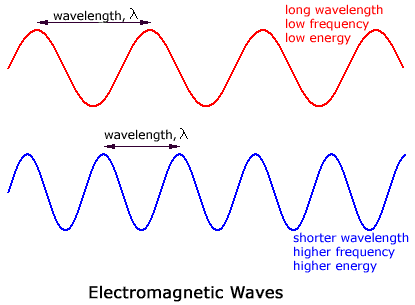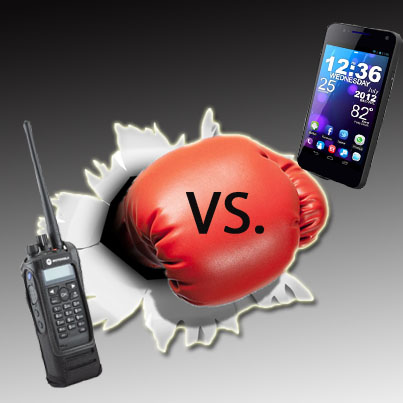Digital communication decisions often seem complicated. Technology is always changing, from hardware improvements to software updates to larger system overhauls. These changes often lead to misconceptions about digital communications technology - which can get in the way of your business or agency making the right decision about acquiring new technology or updating what you’ve got.
Being aware of these misconceptions can simplify your digital communications decisions and help you break down barriers to getting the technology your business or agency needs.
Here are 5 common misconceptions about digital communications technology:

